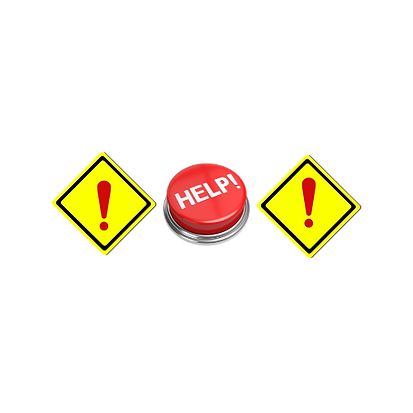
Welcome to Ostomy Basics, your go-to resource for understanding and managing your ostomy with confidence and ease. Whether you're new to the world of ostomy care or looking for reliable information to support a loved one, you've come to the right place.
Ostomy Basics: Your Essential Guide to Ostomy Care
What to expect right after ostomy surgery with guidance from Ostomy Specialist Star Harrison, RN, BSN, WOCN. This video combines professional expertise with a real patient’s perspective, providing you with both clinical knowledge and personal insight to support your recovery journey.
What does a normal stoma look like?
A normal stoma is pink or red, moist, and slightly protrudes from the abdomen. It may have a slight amount of mucus or minor bleeding initially after surgery, but it should not be excessively painful or have a foul odor.
The different types of ostomy pouching systems, how each one functions, how to request free ostomy product samples, and guidance on accessing ostomy supplies in the U.S.
FREE, Printable: Quick Tips Page
Changing an Ostomy Pouch
Sample
What is a WOCN, and when to call one?
A WOCN (Wound, Ostomy, and Continence Nurse) is a specialized nurse trained to provide care and support for individuals with ostomies. Call a WOCN if you experience persistent skin irritation, leakage, or if you're having trouble managing your stoma care. They can offer guidance on proper techniques and product use.
Help & Healing for Sore, Red, Itchy, or Burning Skin Around a Stoma. Learn how to manage and prevent common ostomy skin problems such as soreness, redness, itching, and burning. This educational video explains the causes of peristomal skin irritation, provides practical steps you can take at home to promote healing, and identifies when it’s essential to contact a WOC nurse or clinician for professional care.
✔️ Understand why skin irritation happens
✔️ Step-by-step strategies for soothing sore skin
✔️ When to seek medical help for
ostomy complications

Ostomy Surgery
Navigating the Emotional Journey
Battling Fear & gaining confidence
Stoma Basics explained by ostomy nurse Star Harrison, RN, BSN, WOCN, alongside real patient experience. Learn about the types of ostomies, how to identify what’s normal for your stoma, and when to contact your nurse or doctor.
What does normal peristomal skin look like?
Normal peristomal skin is the abdominal skin around your stoma. It should look like the rest of the skin on your abdomen. It should be smooth and free of redness, irritation, or rashes. Maintaining clean and dry skin around the stoma is crucial to prevent complications.
The basics of barrier rings, paste, strips, and tapes in ostomy care. Learn what they are, what they do, and when (and why) they may be useful for added comfort, leak prevention, and skin health.
How to Measure Your Stoma
Ostomy accessories—including pouch covers, stoma protectors, liners, and other helpful tools designed to make daily life easier.
Hernias: This video explains why people with ostomies are at higher risk, shares four practical ways to help prevent them, and offers guidance on when to use a support belt, how to spot warning signs, and when it’s important to see your doctor.
Schedule a virtual visit with an
ostomy nurse (WOCN).
Introduction to Corstrata Virtual Ostomy Support Services
Ostomy Surgeries
Explained
-
Colostomy
-
Ileostomy
-
Urostomy
What is a COLOSTOMY
What is an ILEOSTOMY
What is a UROSTOMY
Ostomy Skills Education from the American College of Surgeons
Welcome
What is an Ostomy?
Your Colostomy/Ileostomy Operation
Emptying a Colsotmy or Ileostomy Pouch
Colostomy/Ileostomy Pouching Systems
Changing a Colostomy or Ileostomy Pouch
Your Urostomy Operation
Urostomy Pouching Systems
Emptying a Urostomy Pouch
Ostomy Nutrition
Amalia Karlin Ostomate and Registered Dietitian
Changing a Urostomy Pouch
Ostomy Nutrition Video Time Stamps
03:00 Speaker Introductions
05:20 Amalia's story (Ostomate)
06:30 Ostomy nutrition and reintroducing foods
09:08 Managing expectations
11:21 Hydration needs
14:00 Hydration and kidney health
20:13 Fiber
24:06 Food blockages
27:37 Quality of life considerations
33:54 Speaker ends
34:00 Audience questions and answers
1:35:00 End


.png)